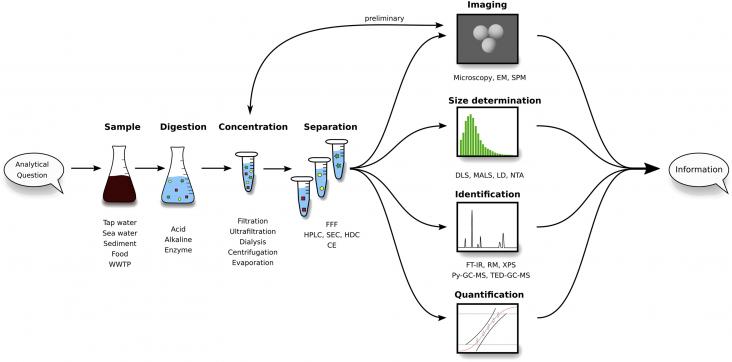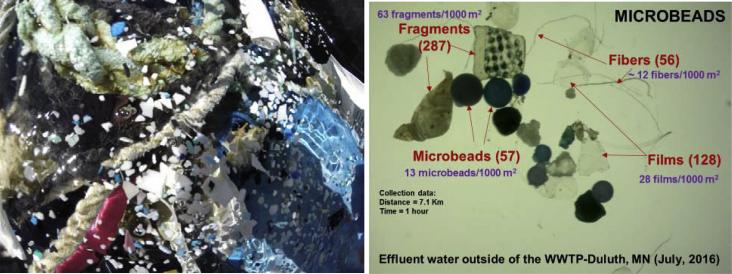
Microplastic (MP) studies in freshwater environments are gaining attention due to the huge quantities of plastic particles reported from lakes and rivers and the potential for negative impacts in thes
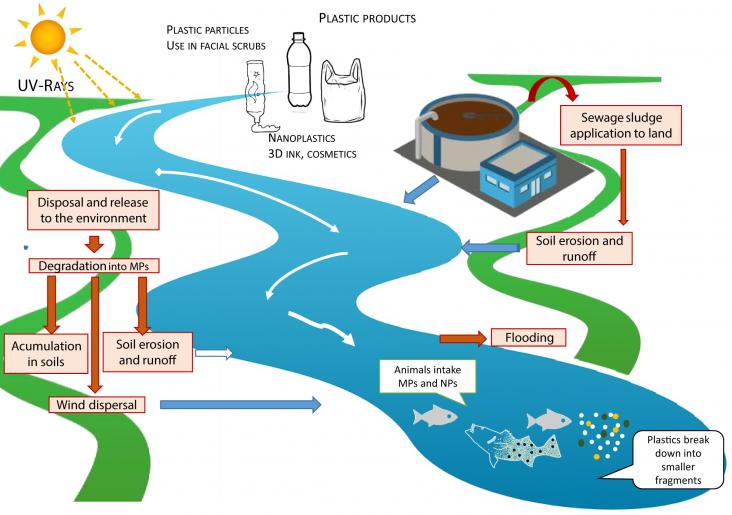
Plastic pollution is a global problem since 2016 when its production reached 322 million tonnes, excluding fibers. Daily discharges of microplastics (MPs, defined as
Provides some details about the hydrologic cycle and then discusses the physical geology of groundwaters.
This book chapter advances SDG 14 by discussing measures of freshwater species diversity and how and why diversity varies among and within habitats. Also discussed are extinctions caused by humans and some of the associated consequences, as well as consequences of invasive species.
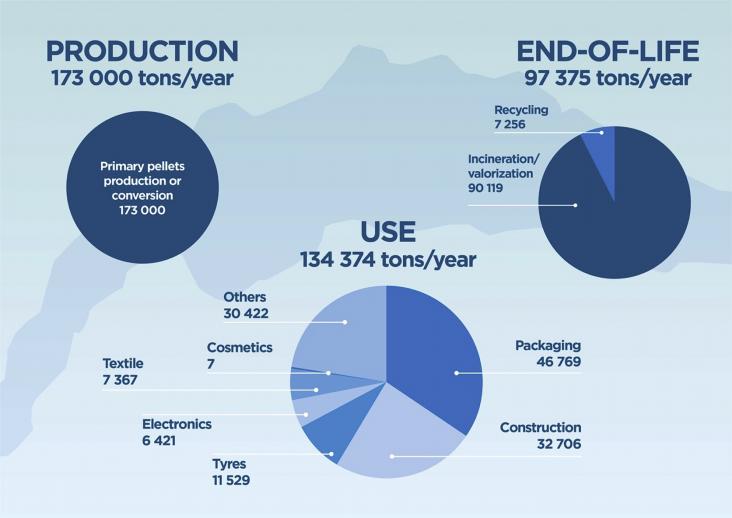
High amounts of macro and microplastic have been reported in rivers, lakes and seas. However, links between the observed pollution and their sources remain unclear.
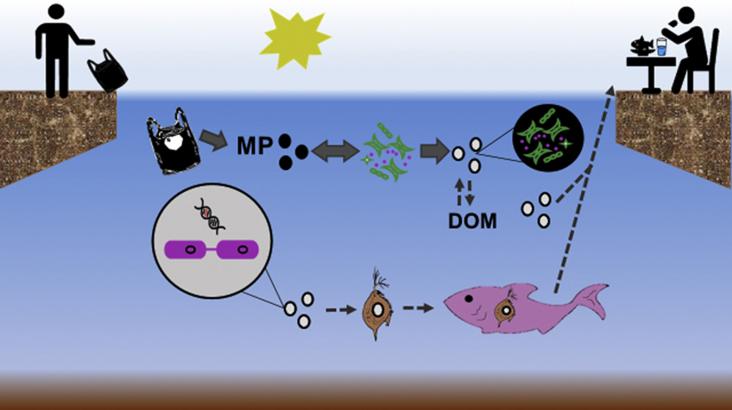
Microplastics (MP) provide a unique and extensive surface for microbial colonization in aquatic ecosystems.
Plastics are a frequently observed component of marine debris and there is growing concern about microplastic (MP) ecotoxicity, and the impacts of additives, sorbed hazardous organic contaminants,
Characterising microplastics based on spectroscopic measurements is one key step of many studies that analyse the fate of microplastics in the environment.
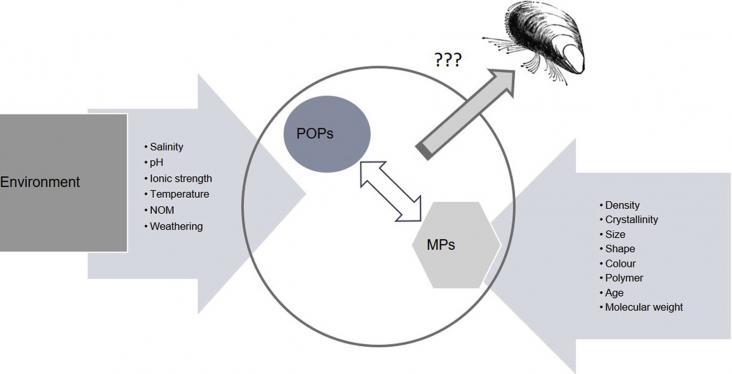
The presence of plastic debris in the ocean is increasing and several effects in the marine environment have been reported.
